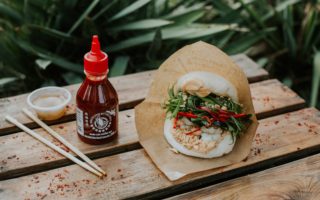Ever since Sir Thomas Lipton sold the first Lipton tea in Glasgow in the late 1800s, the brand name “Lipton” has been synonymous with tea.
Lipton enjoys a premier position in the global tea market, with classic black tea being the brand’s most famous product. Black tea is, in fact, one of the most popular brews due to its signature aroma and brown color. The presence of caffeine in this beverage is responsible for its signature stimulating effect.
However, the term “tea” encompasses much more than just black tea. Although all types of tea come from the Camellia Sinensis plant, “tea” is also used to describe beverages made from other herbs and plants.
Herbal teas are not exactly considered as traditional teas since they do not contain tea leaves. However, they have amazing health benefits and delicious flavors. Chamomile tea, peppermint tea, ginger tea, hibiscus tea, and passionflower tea are some of the popular herbal teas.
This extensive range of options can confuse a tea lover. So, which one should you choose?
The easiest way to decide is by looking at the benefits of each variety. You can also make your choice based on the weather. In general, less oxidized teas are better for hot weather conditions. Meanwhile, darker teas like black tea and Oolong will warm you up in cold weather. Hot teas are the ideal choice for spring, winter, and fall while cold teas are best suited for summer.
Read on to learn all about the best teas available and the benefits of consuming them.
Types of teas and benefits of each of them
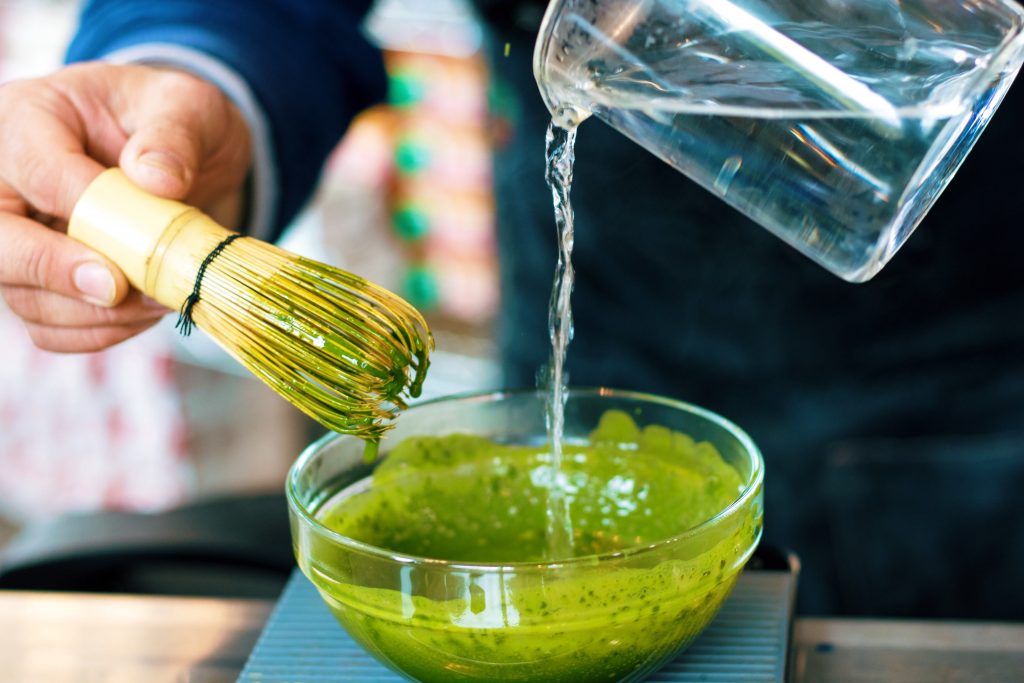
Matcha tea is a type of green tea made from tender tea leaves grown in the shade. The tea powder is prepared using young leaves that are plucked, deveined and ground using granite stones. To prepare the beverage, you simply whisk this powder with hot water. Good Matcha tastes slightly sweet and earthy and is bright green.
Matcha tea contains antioxidants like EGCG with excellent cancer-fighting properties. Read more about this tea here.
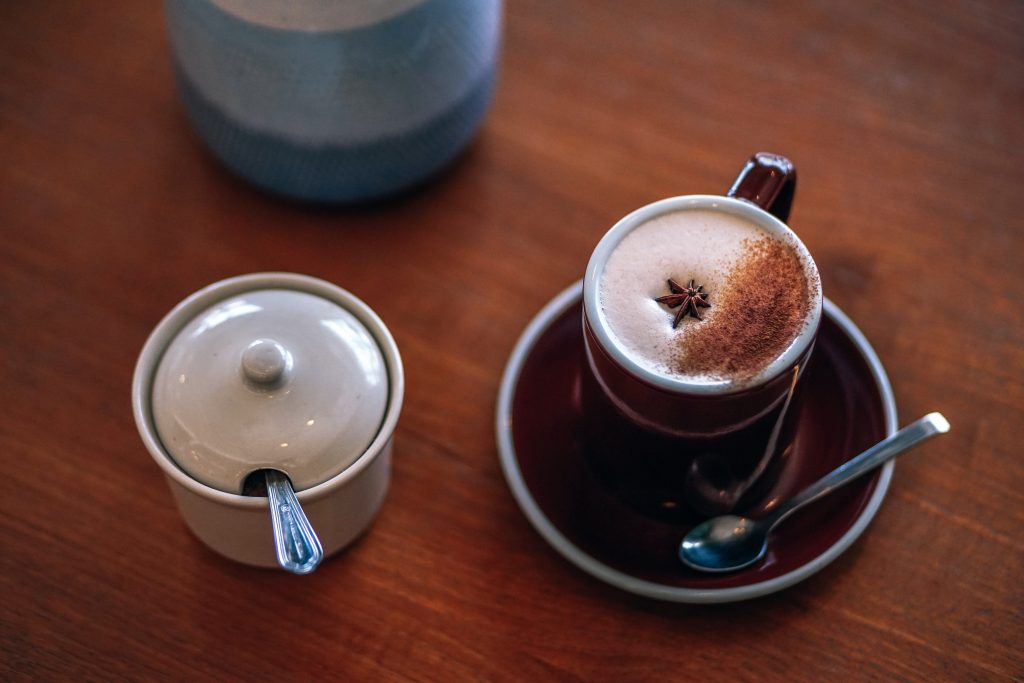
Chai
Chai is the Indian word for tea. This beverage is made from black tea that is grown in the hill stations of India. Apart from the tea leaves, chai also contains a blend of spices or masala. These spices make it very fragrant. The tea mixture is brewed with milk and sweetened.
The blend of spices in chai may vary according to the origin of the sample. Nevertheless, the typical mixture contains cinnamon, nutmeg, cardamom, cloves, ginger, and peppercorns. Cinnamon helps to reduce blood pressure and cholesterol while ginger reduces blood sugar. Cardamom, black pepper, and cloves have antibacterial properties and aid digestion.
Chai also contains several ingredients that help with weight loss. However, you may like to limit the amount of sugar you add, as too much sugar will counter its many benefits. You can prepare your own vegan Chai tea or purchase Vegan Spiced Chai Tea Dairy-Free Coconut Cream Latte Mix

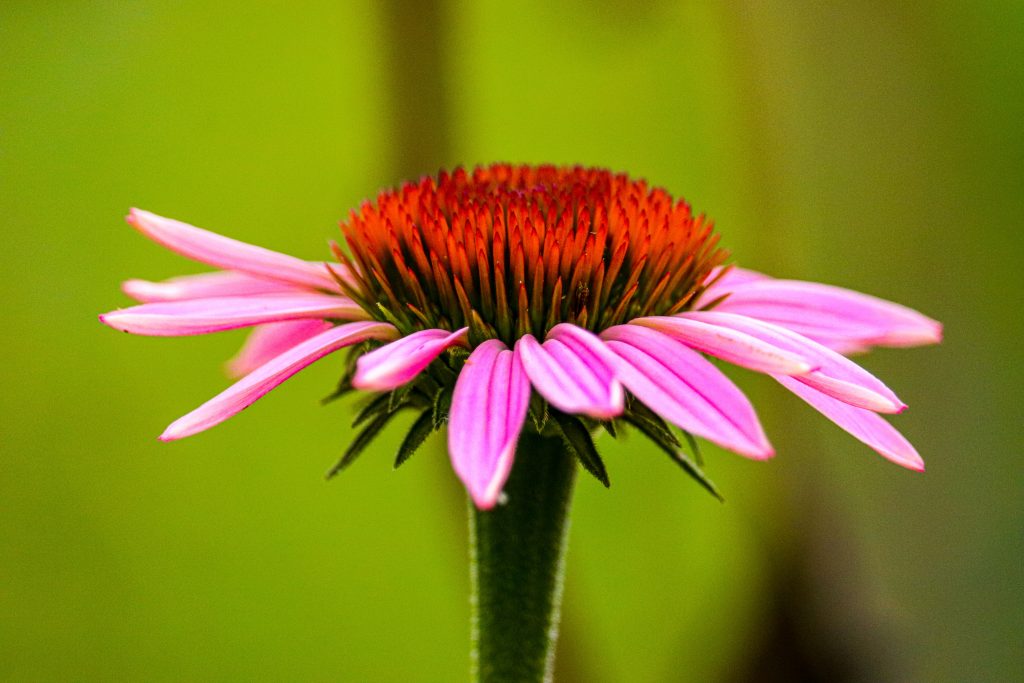
Echinacea is an herb that combats flu and cold symptoms. The easiest way to consume this herb is to drink it in tea. You can brew your echinacea tea using dried leaves or roots of the plant. You can also buy Organic Echinacea Plus Elderberry Seasonal Tea online or at food stores.
Drinking echinacea tea can help you get your blood sugar levels under control. It is an excellent source of antioxidants and is used in cancer treatment. Additionally, echinacea can relieve anxiety and help the body relax. The active components of this herb are also known to control inflammatory conditions.
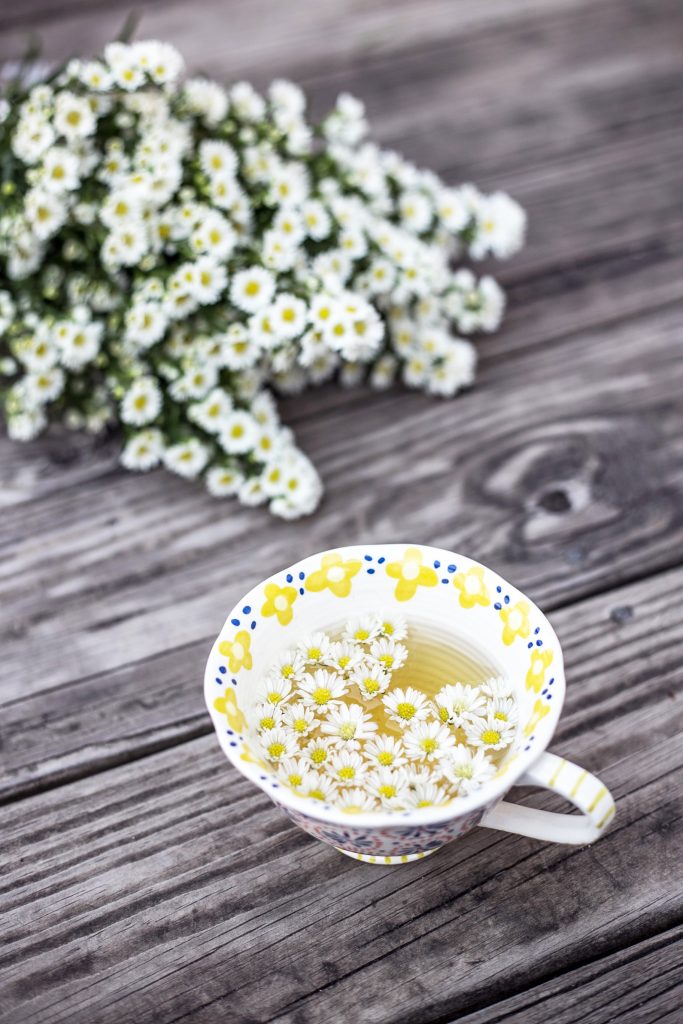
Chamomile tea is prepared from the dried flowers of the chamomile plant. It doesn’t have any caffeine. This beverage contains relaxants that relieve mental stress and improve insomnia. Chamomile can also reduce inflammation and support digestion. Chamomile tea lowers blood sugar and is good for heart health as well.
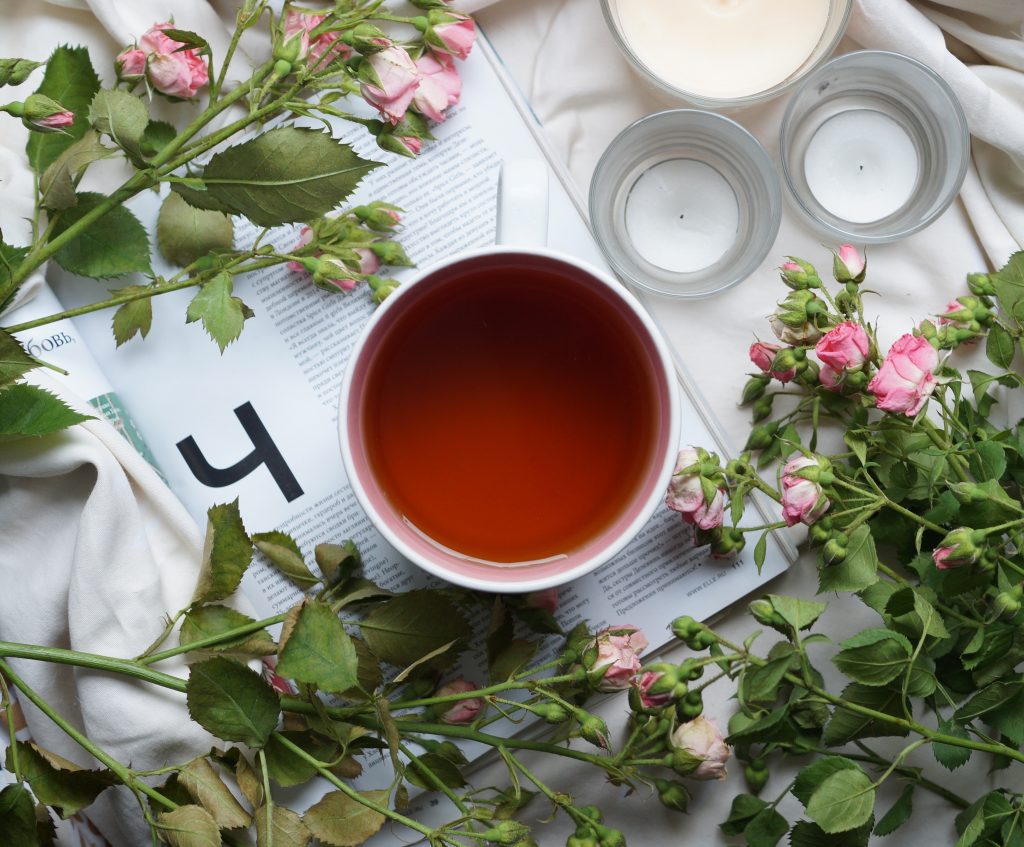
Oolong tea
This traditional Chinese whole-leaf tea is prepared using partially oxidized tea leaves. The extent of oxidation will determine the intensity of color as well as the aroma and flavor of the brew. Oolong teas generally have a complex, but well-rounded and bold taste. Baozhong, Da Hong Pao, Jin Xuan are some of the more popular varieties of Oolong tea.
Oolong teas can improve heart health and help to control sugar levels. This tea also increases bone strength and aids in weight loss. The antioxidant compounds in Oolong tea improve the body’s resistance to free radicals and combat oxidative stress.
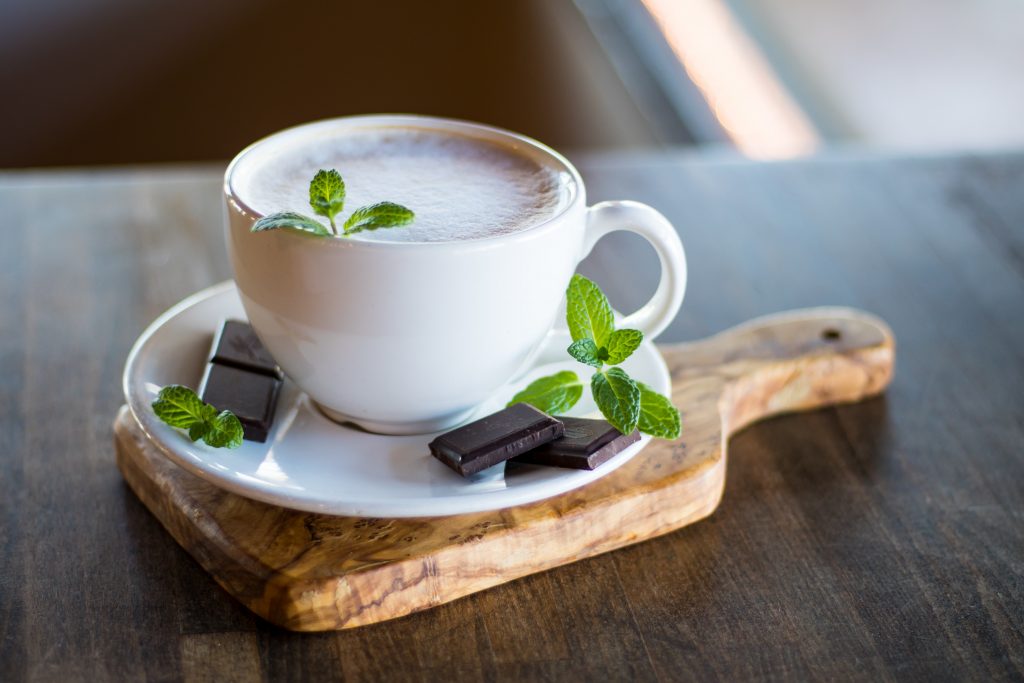
Peppermint tea is a refreshing and invigorating beverage. It is made from mint leaves and is caffeine-free. This herbal beverage has a clean, pleasant and cooling taste.
Peppermint tea is prepared by infusing peppermint leaves in hot water. You can also make it using peppermint tea bags that are available in medical and grocery stores.
Peppermint tea offers various medical benefits due to the presence of essential oils like menthol, menthone, and limonene in it. Peppermint is an antibacterial agent that can improve oral health. It can provide relief against cold and flu symptoms. This tea improves digestion and relieves upset stomachs and nausea conditions.
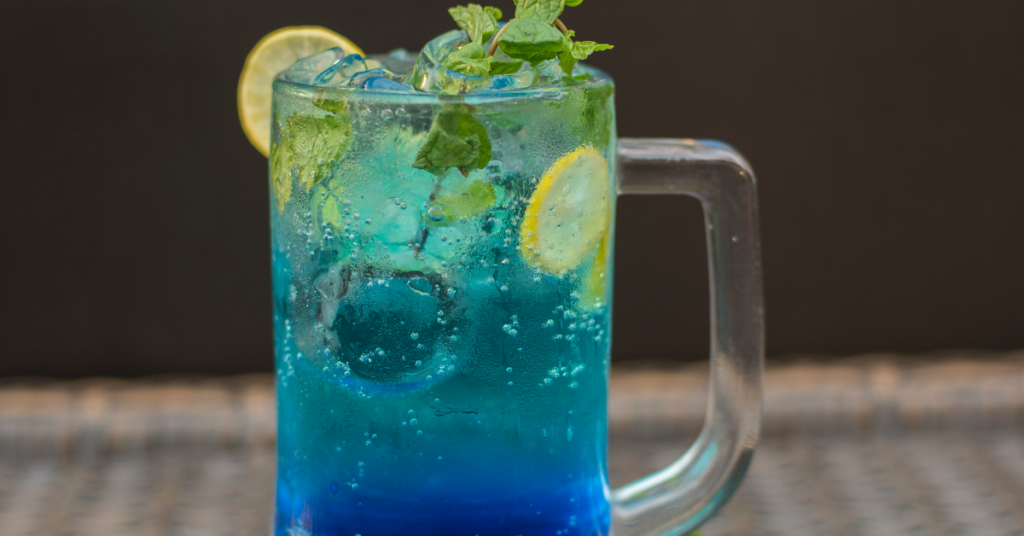
Originating from Asia, butterfly pea flower tea is an herbal tea made using the dried petals of the butterfly pea or blue pea flower. The deep blue color of the flower petals imparts a distinct blue color to the brew. It is caffeine-free and has a pleasant floral aroma.

Apart from butterfly pea flower petals, the tea also contains lemongrass. Honey or lemon are often added for extra flavor. Interestingly, the pH of the liquid changes when lemon is squeezed into it. As a result, the color of the tea changes to bright purple.
Blue tea is packed with antioxidants and is good for medical conditions like diabetes. Studies suggest that blue tea has natural anti-inflammatory properties. It is a natural fever reducer that decreases blood temperature. Butterfly pea tea also relaxes the body and provides relief for anxiety and stress.
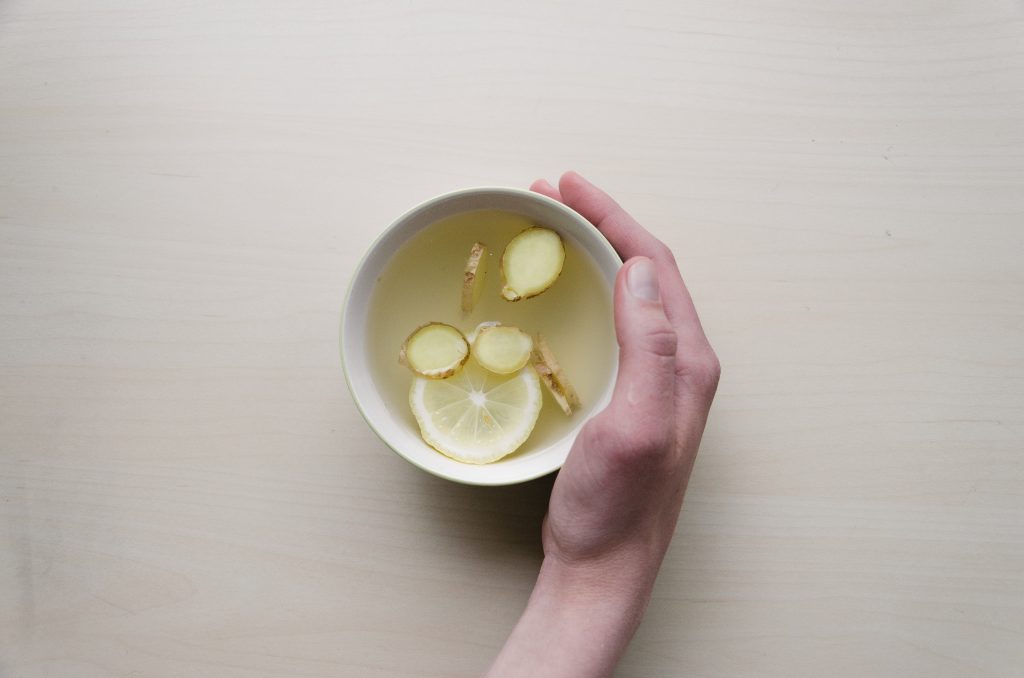
Ginger is an aromatic and flavorful rhizome with great health benefits. To experience the health benefits of this wonderful spice, you can simply prepare ginger tea by steeping the cut root in boiling water.
Ginger tea speeds up digestion, improves immunity and soothes chest congestion. It is naturally energizing and refreshing. Ginger tea is also anti-inflammatory and helps to control nausea and motion sickness.
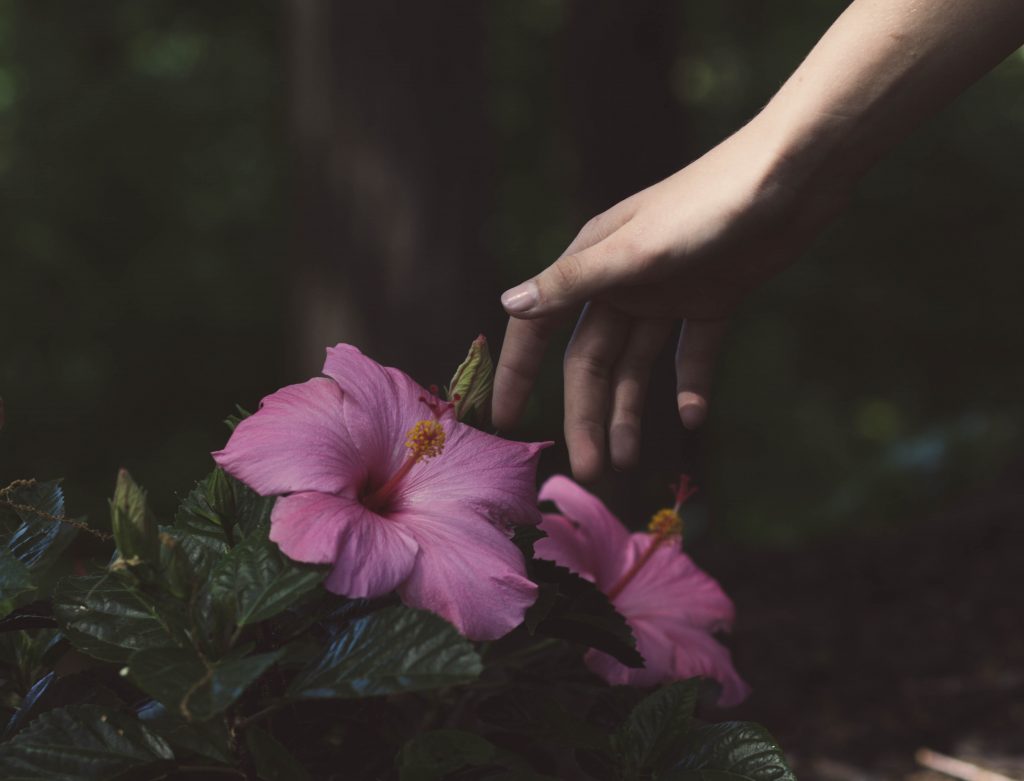
Derived from flowers of the hibiscus plant, hibiscus tea is a refreshing red brew. It is sweet, flavorful, and tastes best when chilled. Hibiscus tea is the perfect drink to cool the body when the weather gets too warm.

Hibiscus tea boosts liver health and lowers cholesterol and blood sugar. It aids weight loss, prevents cancer and reduces high blood pressure.
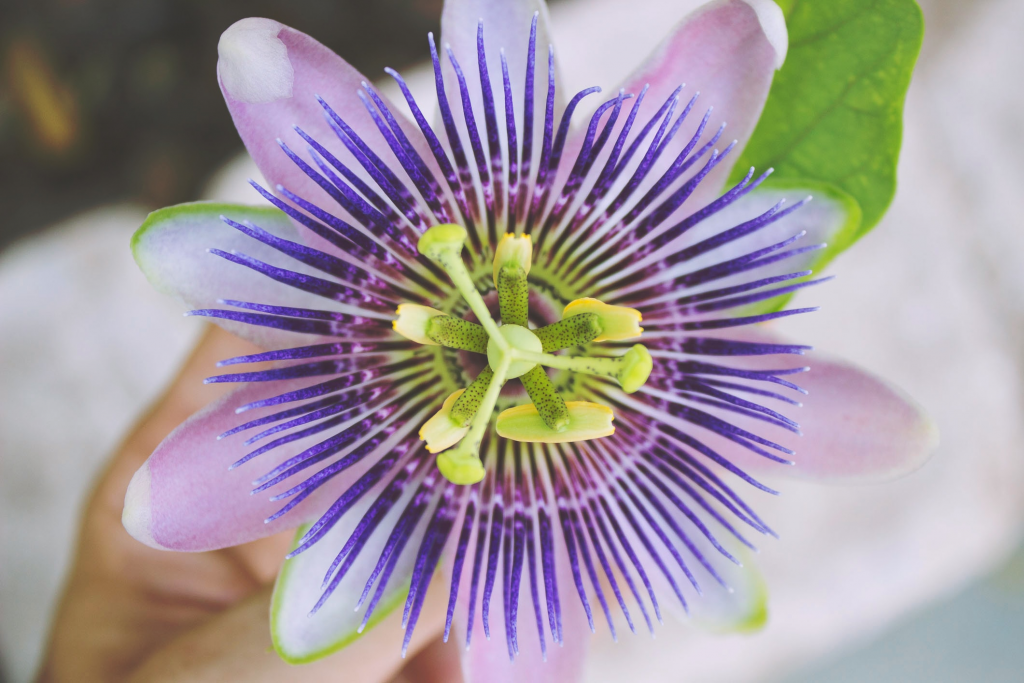
Passionflower tea
Passionflower is a popular remedy for insomnia, anxiety, and pain. You can have it in tea to promote relaxation and relieve stress. It also helps menopausal women by reducing the intensity of hot flashes.
Passionflower tea encourages restful sleep and improves overall sleep quality. The brew has a mild, earthy taste that is pleasantly refreshing. For more details about this tea, click here.
Yogi Tea – Bedtime – Supports a Good Night’s Sleep

To wrap it up…
Traditional and herbal teas are full of flavonoids and other healthy substances that offer amazing benefits to the body. It is just a matter of choosing the right one for your needs.
Begin by choosing between cold teas and warm brews based on the weather. Then look for the health benefits of each and finally go with what suits your taste buds.
So, give it a try! Step beyond your traditional cup of Lipton and explore the wide variety of teas ranging from true teas to herbal brews. You are sure to enjoy this exciting journey and discover many healthy favorites.
Did you enjoy reading this article? Please tag me on Instagram @cookingmypoundsoff. I would LOVE to hear from you!!!
The content of this article should not be considered a substitute for professional medical expertise or treatment. This website is not intended to be a substitute for the advice of a physician, certified dietitian or other licensed professional. Always consult with your primary care provider before starting a new diet or introducing new foods.




